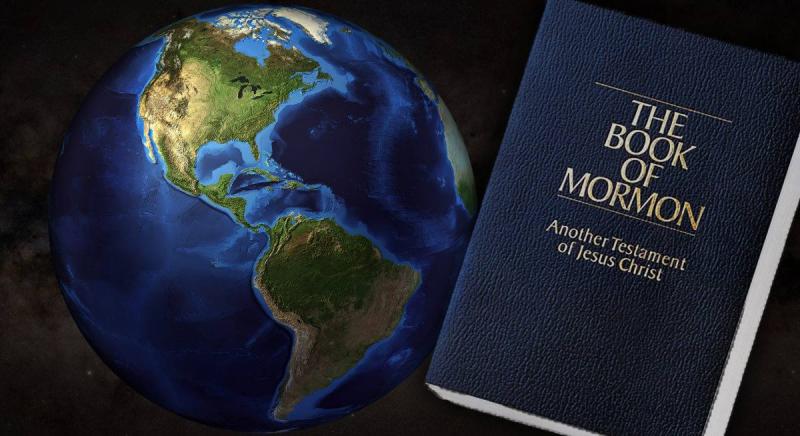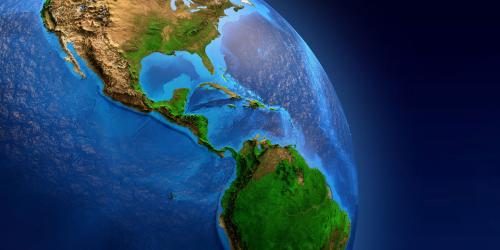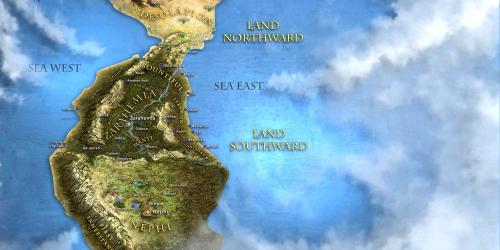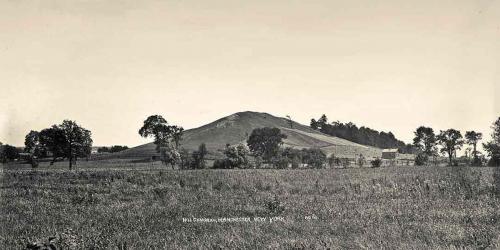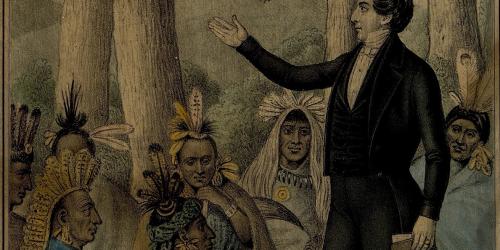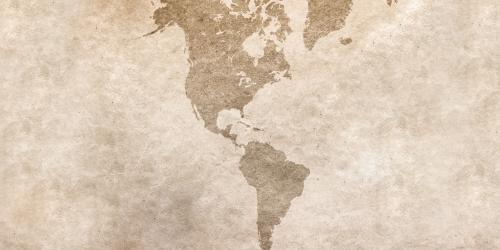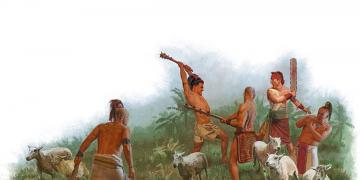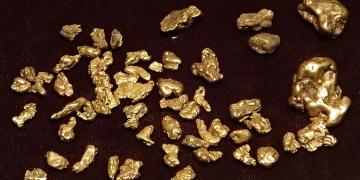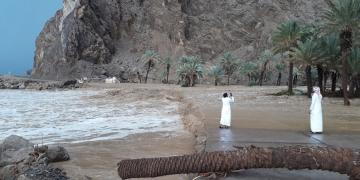You are here
Book of Mormon Central is in the process of migrating to our new Scripture Central website.
We ask for your patience during this transition. Over the coming weeks, all pages of bookofmormoncentral.org will be redirected to their corresponding page on scripturecentral.org, resulting in minimal disruption.
The Church of Jesus Christ of Latter-day Saints released a statement today concerning the geography of the Book of Mormon in the form of a new Gospel Topics essay titled “Book of Mormon Geography.” The new essay begins with this declarative statement: “The Church takes no position on the specific geographic location of Book of Mormon events in the ancient Americas. Church members are asked not to teach theories about Book of Mormon geography in Church settings but to focus instead on the Book of Mormon’s teachings and testimony of Jesus Christ and His gospel.”
What follows are a few short paragraphs giving a general overview of the history of Latter-day Saint interest in the geography of the Book of Mormon. “Since the publication of the Book of Mormon in 1830, members and leaders of The Church of Jesus Christ of Latter-day Saints have expressed numerous opinions about the specific locations of the events discussed in the book,” says the article. “Some believe that the history depicted in the Book of Mormon occurred in North America, while others believe that it occurred in Central America or South America. Although Church members continue to discuss such theories today, the Church takes no position on the geography of the Book of Mormon except that the events it describes took place in the Americas.”
The essay also explains how the Prophet Joseph Smith himself “accepted what he felt was evidence of Book of Mormon civilizations in both North America and Central America.”
While traveling with Zion’s Camp in 1834, Joseph wrote to his wife Emma that they were “wandering over the plains of the Nephites, recounting occasionally the history of the Book of Mormon, roving over the mounds of that once beloved people of the Lord, picking up their skulls and their bones, as a proof of its divine authenticity.” In 1842, the Church newspaper Times and Seasons published articles under Joseph Smith’s editorship that identified the ruins of ancient native civilizations in Mexico and Central America as further evidence of the Book of Mormon’s historicity.
The article concludes by emphasizing the Church’s neutrality on Book of Mormon geography and quoting President Russell M. Nelson on the importance the book’s primary purpose—to testify of Jesus Christ and his Gospel.
Like the Church, Book of Mormon Central (BMC) “is officially geography neutral. We seek deep understanding of the Book of Mormon text. We hope diligent students work together to achieve working consensus on the geographic correlation issue.” In the past, BMC has highlighted evidence for the Book of Mormon found in both North and Central America (see for instance “How Can Barley in the Book of Mormon Feed Faith?” [KnoWhy #87]; “Why Was Abinadi Scourged with Faggots?” [KnoWhy #96]).
Our policy is to utilize the most reliable academic scholarship on the Book of Mormon and follow the evidence wherever it might lead. Our process in selecting and highlighting Book of Mormon evidence is based on the following principles:
- “In our hierarchy of evidence, the text itself is primary because it is closest to the divine.”
- “If profound and compelling location-specific insights shed light on the text, we highlight these regardless of their geographic provenience.”
- “We favor authors with credentials in their areas of interest.”
- “We favor formally published works from reputable presses.”
As explained in BMC’s statement on geographical neutrality, “We welcome good work from any geographic persuasion that is responsive to these principles.”
KnoWhys Related to Book of Mormon Geography
Subscribe
Get the latest updates on Book of Mormon topics and research for free


